Deep within the realms of ecological study lies a theory that captivates the imagination and challenges the conventional wisdom of our relationship with the planet we call home. The Gaia Hypothesis Theory, proposed by scientist James Lovelock, delves into the notion that Earth is not just a passive sphere of rock and water, but a living, breathing organism in its own right. This intriguing concept suggests that the various components of our planet, from the oceans to the atmosphere to the myriad life forms that inhabit it, work together in a complex and harmonious dance to maintain the conditions necessary for life to thrive. As we embark on a journey to explore the depths of this theory, we are invited to reconsider our role in the grand tapestry of Earth’s systems and our responsibility towards nurturing the delicate balance that sustains us all.
Table of Contents
- Exploring the Intriguing Concept of the Gaia Hypothesis Theory
- The Interconnectedness of Life on Earth According to the Gaia Hypothesis
- Implications of the Gaia Hypothesis for Environmental Conservation
- Integrating Gaia Hypothesis Principles into Sustainable Living Practices
- Q&A
- The Conclusion
Exploring the Intriguing Concept of the Gaia Hypothesis Theory
The Gaia Hypothesis Theory delves into the fascinating idea that the Earth functions as a single, self-regulating organism where living organisms and their inorganic surroundings interact to maintain the conditions necessary for life. This thought-provoking concept raises questions about the interconnectedness of all living beings and the environment they inhabit. It challenges traditional views of Earth as a passive backdrop to life and suggests a holistic approach to understanding our planet’s ecosystems.
Exploring the Gaia Hypothesis Theory leads us to contemplate the intricate balance of nature and the idea that Earth’s systems are interconnected in ways we are only beginning to comprehend fully. From the oceans to the atmosphere, every component of our planet plays a role in maintaining the delicate equilibrium that sustains life. Embracing this perspective invites us to consider the implications of our actions on the Earth and the interconnected web of life that we are part of. This theory encourages us to view Earth not as a mere collection of separate entities but as a unified and dynamic system deserving of our utmost care and respect.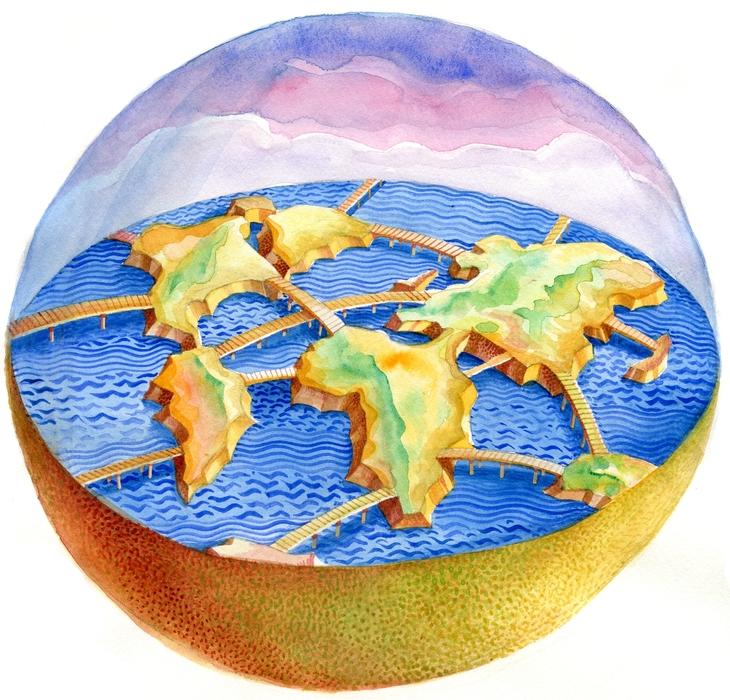
The Interconnectedness of Life on Earth According to the Gaia Hypothesis
The Gaia hypothesis proposes a captivating perspective on the intricate web of life that encompasses our planet. This theory suggests that Earth functions as a single, self-regulating organism where all living and non-living entities are interconnected and influence each other in a delicate balance. Imagine Earth as a living being, adapting and evolving to maintain optimal conditions for life to thrive. This concept challenges us to view our planet not as a mere collection of independent components but as a unified system where every element plays a crucial role in sustaining life.
Within this interconnected framework, the Gaia hypothesis highlights the importance of biodiversity in maintaining the stability and resilience of ecosystems. Each species, from the smallest microorganism to the largest mammal, contributes to the overall health of the planet. By preserving this biodiversity, we not only safeguard the future of countless life forms but also ensure the well-being of humanity. Our actions, no matter how small, can have ripple effects throughout the intricate tapestry of life on Earth. Let us embrace this interconnectedness and strive to nurture and protect the living organism that is our planet.
Implications of the Gaia Hypothesis for Environmental Conservation
The Gaia Hypothesis, proposed by James Lovelock in the 1970s, suggests that the Earth functions as a self-regulating organism, maintaining conditions suitable for life. This theory views the planet as a single, unified system where living organisms interact with the atmosphere, oceans, and land to create a complex, self-regulating environment. By recognizing Earth as a dynamic and interconnected entity, the Gaia Hypothesis challenges traditional views of the environment and prompts a deeper understanding of the intricate relationships between all components of the biosphere.
In the realm of environmental conservation, embracing the principles of the Gaia Hypothesis can lead to more holistic approaches to sustainability. By acknowledging the interconnectedness of all life forms and natural processes, conservation efforts can be designed to promote harmony and balance within the Earth system. This perspective emphasizes the importance of preserving biodiversity, reducing human impact on ecosystems, and fostering resilience in the face of environmental challenges. Implementing strategies that align with the Gaia Hypothesis can help safeguard the health and well-being of both the planet and its inhabitants for generations to come.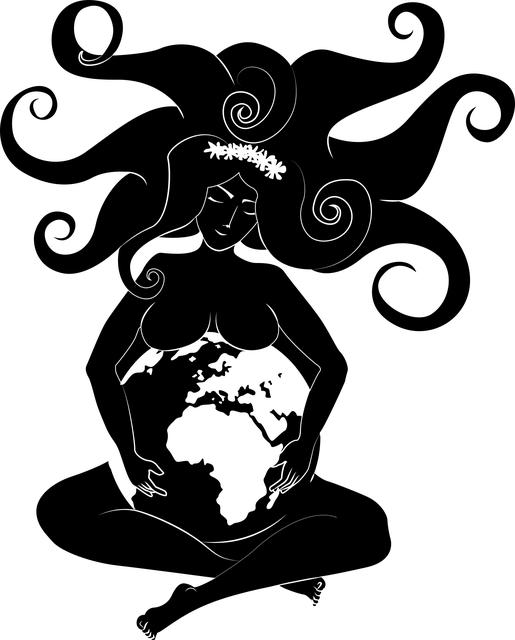
Integrating Gaia Hypothesis Principles into Sustainable Living Practices
Imagine a world where humans and nature coexist harmoniously, where every action is thoughtfully considered to benefit the planet we call home. Embracing the Gaia Hypothesis principles in our daily lives can pave the way for a more sustainable future. By recognizing the interconnectedness of all living beings and the Earth itself, we can make conscious choices that promote balance and well-being.
<p>** involves:**</p>
<ul>
<li>Cultivating a deep respect for nature's intelligence and resilience.</li>
<li>Minimizing waste and maximizing resource efficiency.</li>
<li>Supporting biodiversity and ecosystem restoration.</li>
</ul>Q&A
**Q&A: Exploring the Fascinating Gaia Hypothesis Theory**
Q: What is the Gaia Hypothesis Theory all about?
A: The Gaia Hypothesis Theory proposes that the Earth is a living organism where the biosphere and the physical components of the planet interact to maintain environmental conditions conducive to life.
Q: Who came up with the concept of the Gaia Hypothesis Theory?
A: The Gaia Hypothesis Theory was introduced by scientist James Lovelock and biologist Lynn Margulis in the 1970s, suggesting that the Earth functions as a self-regulating system.
Q: How does the Gaia Hypothesis Theory differ from traditional views of Earth?
A: Unlike conventional scientific perspectives that consider Earth as an inanimate object, the Gaia Hypothesis contends that the planet behaves as if it were a living organism capable of regulating its own climate and chemistry.
Q: What evidence supports the Gaia Hypothesis Theory?
A: Proponents of the Gaia Hypothesis Theory point to various examples such as the regulation of oxygen and carbon dioxide levels in the atmosphere, as well as the stabilization of temperature and ocean salinity.
Q: How has the Gaia Hypothesis Theory influenced environmental thinking?
A: The Gaia Hypothesis Theory has sparked discussions about interconnectedness in ecosystems and the importance of preserving ecological balance to sustain life on Earth.
Q: Are there any criticisms of the Gaia Hypothesis Theory?
A: Critics argue that attributing Earth-like characteristics to the planet may anthropomorphize it and oversimplify complex environmental processes, raising questions about the validity of the theory.
Q: How can the Gaia Hypothesis Theory impact our approach to environmental conservation?
A: Understanding the Gaia Hypothesis Theory can encourage us to view Earth holistically and recognize the delicate balance of nature, prompting more sustainable practices to protect our planet for future generations.
The Conclusion
In conclusion, the Gaia hypothesis theory offers a thought-provoking perspective on the interconnectedness of our planet and all living organisms. By viewing Earth as a self-regulating system capable of sustaining life, we are encouraged to reflect on our role as stewards of this intricate web of life. Whether you fully subscribe to this theory or not, the concept of Gaia challenges us to consider the profound impact of our actions on the delicate balance of nature. As we continue to explore the mysteries of our planet, may we strive to nurture and protect the wondrous diversity that thrives within the living, breathing entity that is Earth.
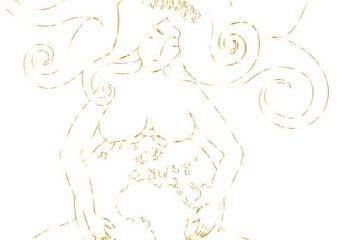
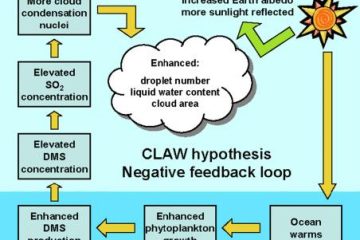
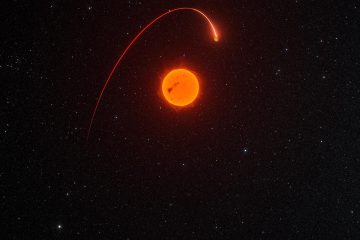
0 Comments